Did this rare 1941 Packard limo chauffeur FDR and Truman?
From the depths of the Great Depression and World War II to the economic resurgence and baby boom that followed, U.S. Presidents Franklin D. Roosevelt and Harry S. Truman had more than their share of bumpy rides. They also shared a smooth one, a 1941 Packard Super Eight One-Eighty Custom Touring Limousine, bodied by LeBaron. Or did they?
FDR, who became the 32nd President of the United States in the depths of the Great Depression, was in office from 1933–45, the longest tenure of any American president. Truman, Roosevelt’s third understudy in 12 years, had served only four months as Vice President when Roosevelt suffered a cerebral hemorrhage and died on April 12, 1945. Truman immediately became the 33rd President and faced crucial decisions as WWII entered its final stages.
Germany surrendered less than one month after Truman took office (Italy had already done so in 1943), and Japan officially surrendered on September 2, 1945, putting an end to hostilities and returning a semblance of normalcy to the U.S. and its allies. That included new automobile production, which was halted when America joined the war following the bombing of Pearl Harbor on December 7, 1941, which Roosevelt so famously called “a date which will live in infamy.”

Just months prior, a 1941 Packard Super Eight One-Eighty Custom Touring Limousine—the second of only 51 limousines built by LeBaron in ’41—was, according to RM Sotheby’s, “[s]aid to have been delivered new to the White House.” If that sentence sounds less than emphatic, it’s because RM admits, “Although documentation does not exist to confirm the claim, former owner and Packard aficionado Dr. Charles Blackman believed this Packard to have been delivered to the White House during the presidency of Franklin Delano Roosevelt and used in an official capacity during both the Roosevelt and Truman presidencies. Dr. Blackman also believed that it was later used in the fleet of vehicles maintained for the use of the governor of New York and reportedly spent time in a museum before finding its way into his private collection.”
So, what can we make of the limousine (Vehicle No. 1420-2002 / Engine No. D503448D), which will cross the block at RM Sotheby’s Hershey (Pennsylvania) auction on Wednesday, October 4? RM has given it a pre-auction estimate of $30,000–$40,000, which would no doubt be higher if it included documentation proving that it was used to transport FDR and Truman. Regardless, it definitely looks the part with red emergency driving lights, fender-mounted flag holders, and the Seal of the President of the United States on the rear doors.
From the stylish heights of the 1930s, the American custom coachbuilding industry was beginning to fade from existence by the early 1940s. American luxury automakers were slowly discontinuing top-of-the-line factory-cataloged semi-customs, which had featured prominently for well over a decade. Packard was among the last to offer bodies by coachbuilders Rollson and LeBaron, with the latter being a division of Briggs by 1941. Most of LeBaron’s final Packard offerings were formal limousines, largely with hand-built bodies and beautifully appointed for the most select clients.

This one, which RM Sotheby’s says underwent a cosmetic restoration years ago, is powered by Packard’s legendary 356-cubic inch, 160-horsepower straight-eight engine, mated to a three-speed manual transmission. It features independent front suspension and four-wheel hydraulic brakes, making it surprisingly capable on the road despite the lengthy 148-inch wheelbase. “The car has impressive mobility and seemingly unlimited torque,” RM says, “something that is quite welcome when motoring in such an impressively large, well-constructed automobile.”
The limo, considered one of the rarest Packards of the late prewar period, is fitted with leather upholstery in the front and wool broadcloth in the rear. Did Roosevelt and Truman sit on that broadcloth? Hagerty Manager of Valuation Analytics John Wiley says there’s no way to know for sure unless some form of proof surfaces, but this luxury automobile would still be a worthy addition to anyone’s collection.
“While this car’s connection to the White House is circumstantial at best, appreciating it as one of the last coachbuilt Packard limousines—by LeBaron, no less—is perhaps more appropriate,” Wiley says. “It certainly represents a period when America assumed a leadership role in the global order. Someday, perhaps even a Presidential connection to the White House, or as some other official car, can eventually be documented, too.”
***
Check out the Hagerty Media homepage so you don’t miss a single story, or better yet, bookmark it. To get our best stories delivered right to your inbox, subscribe to our newsletters.

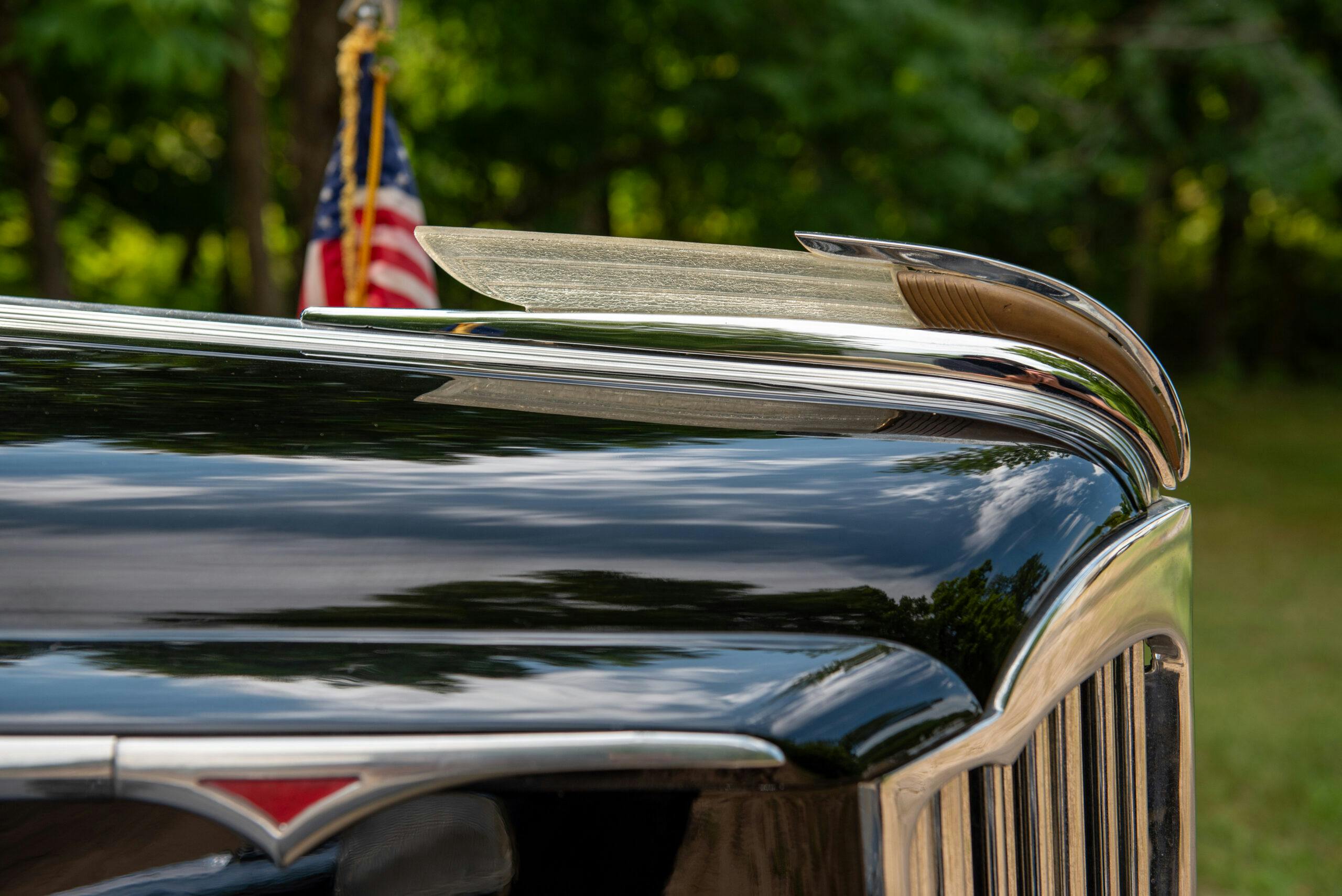
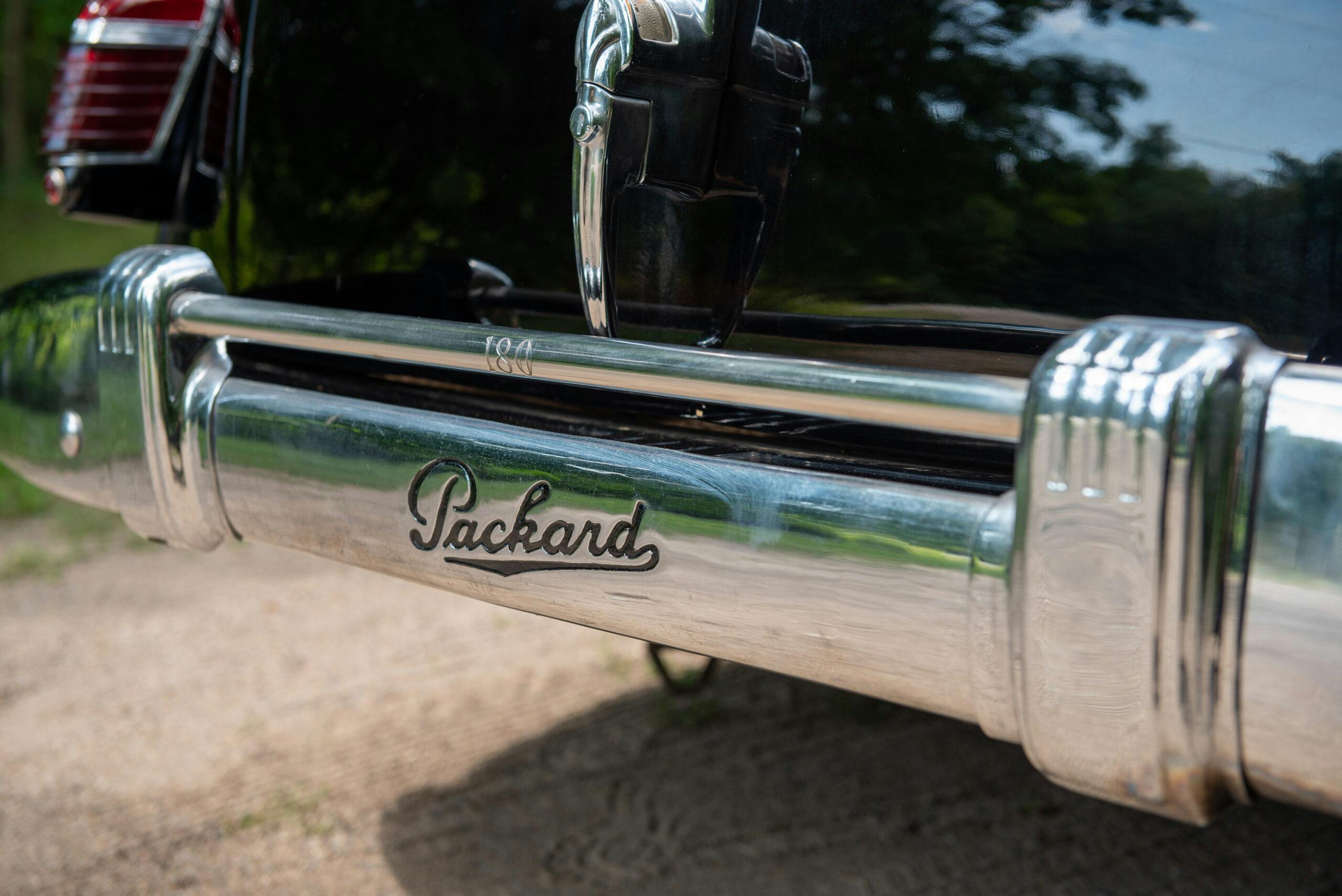
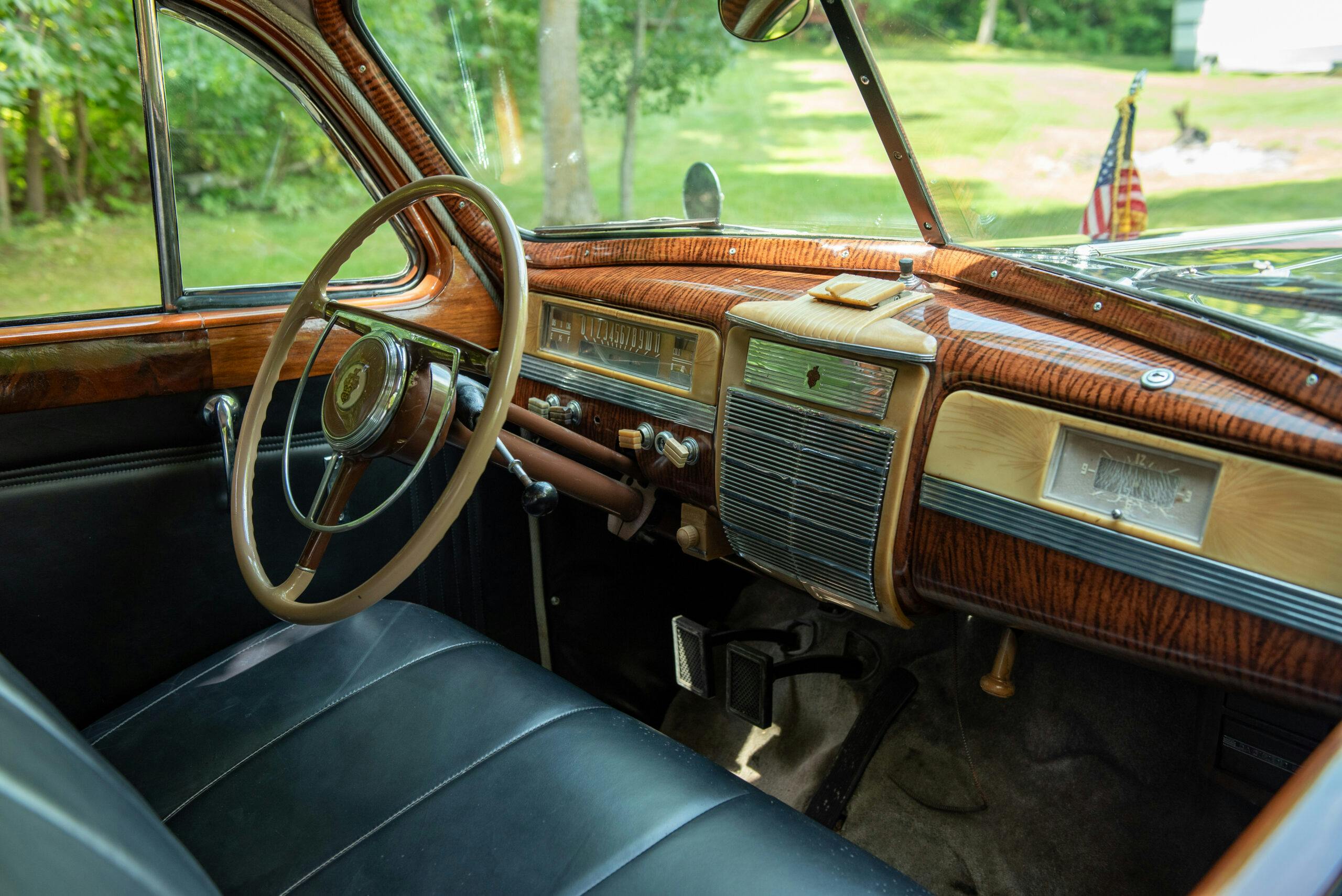


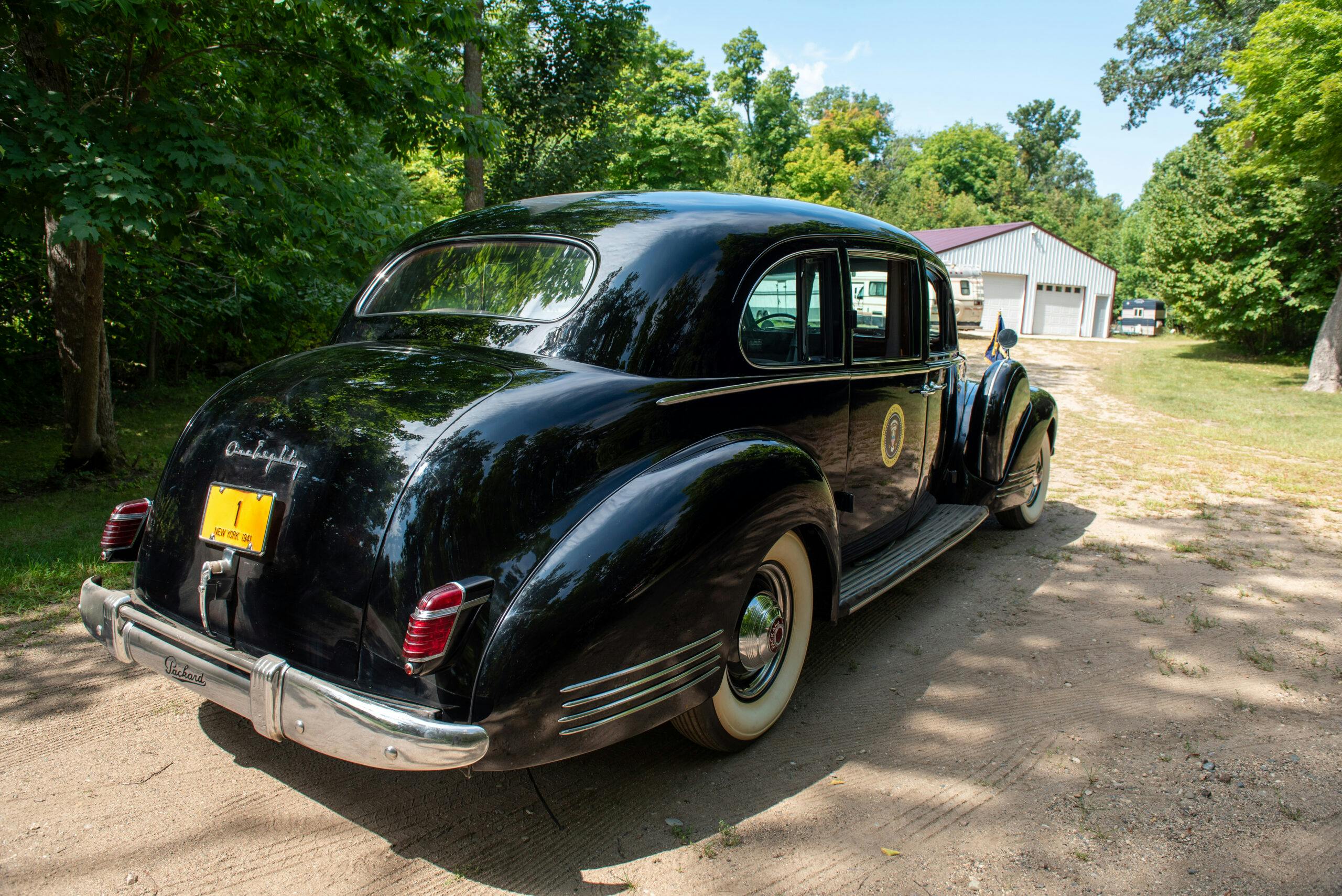
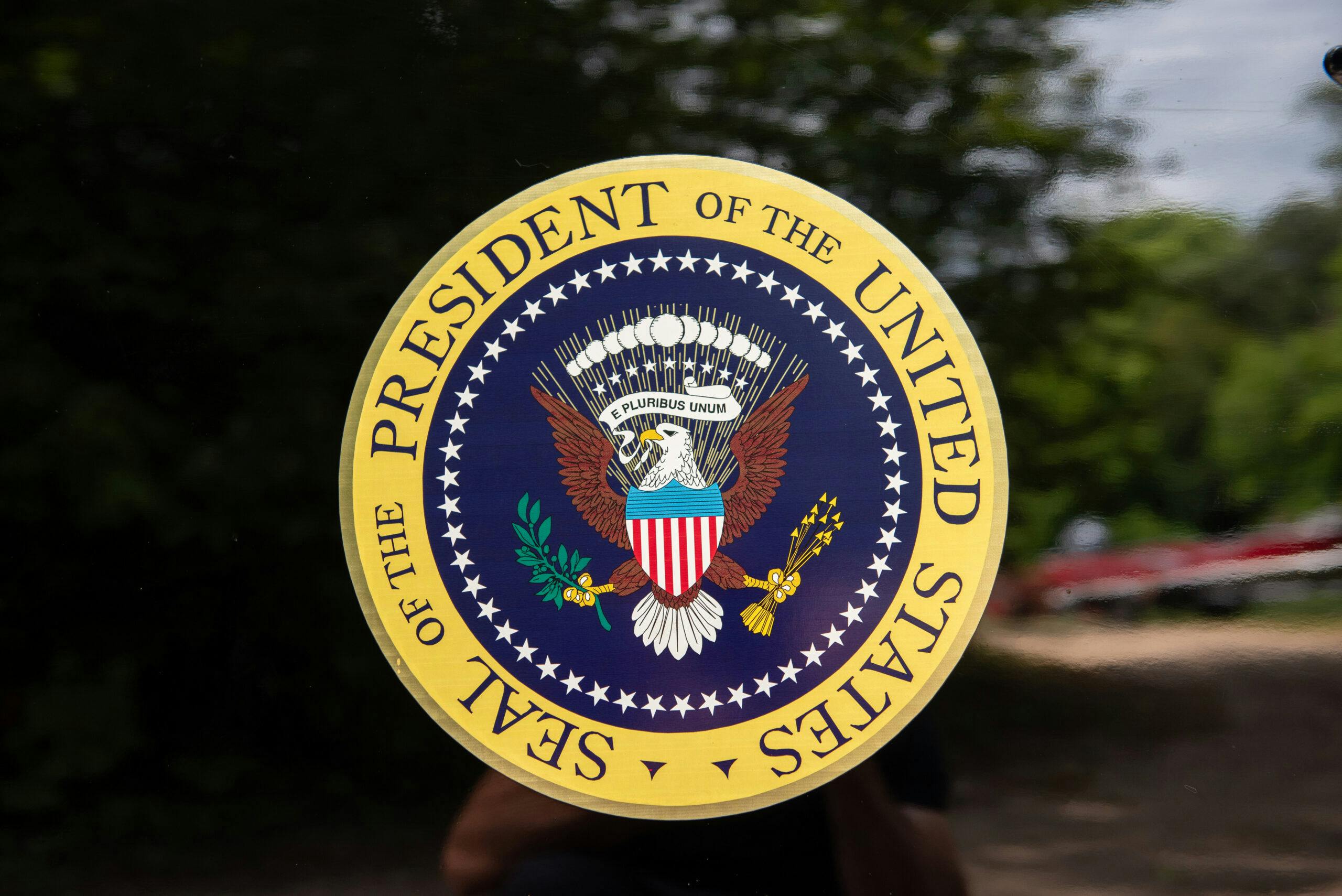

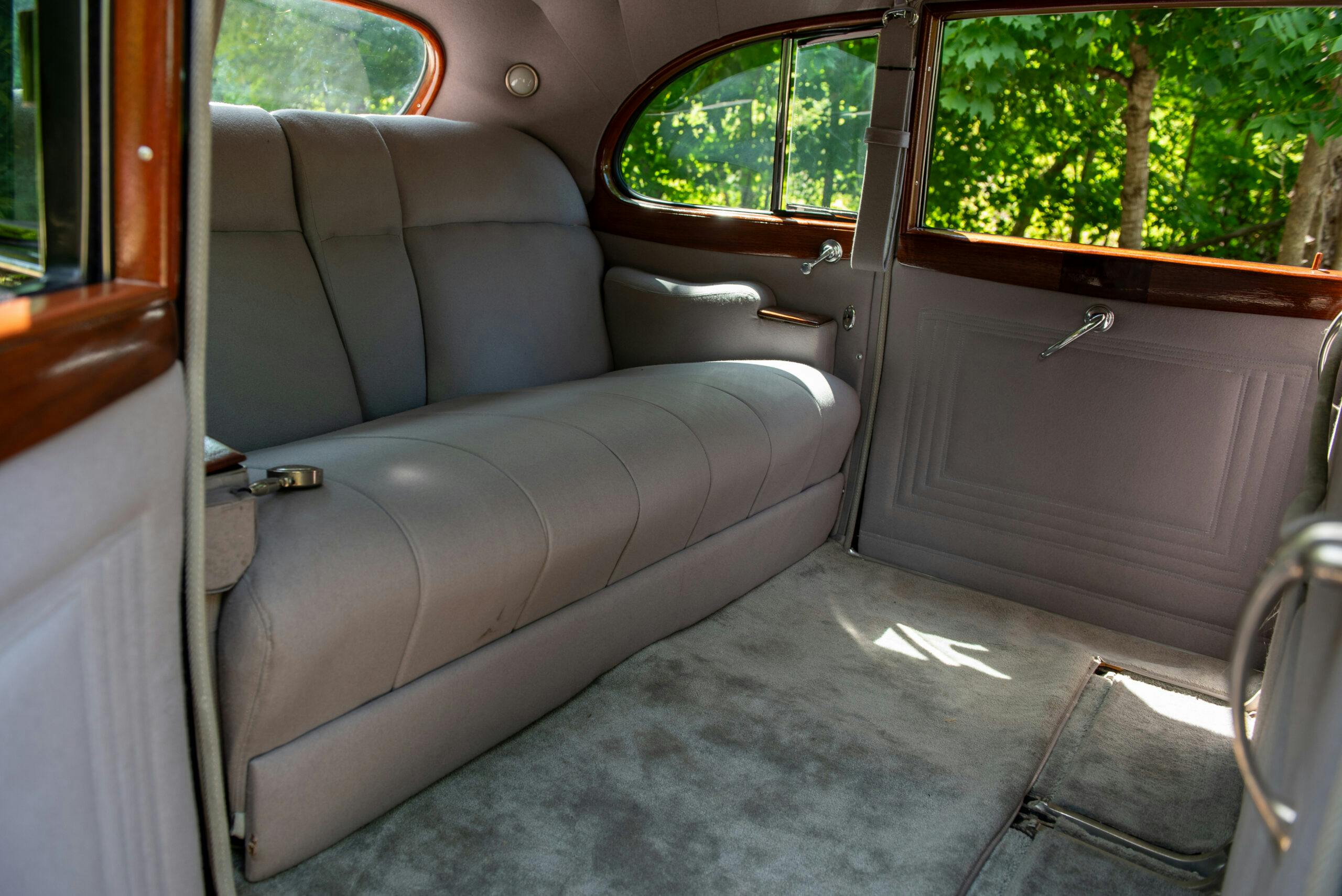
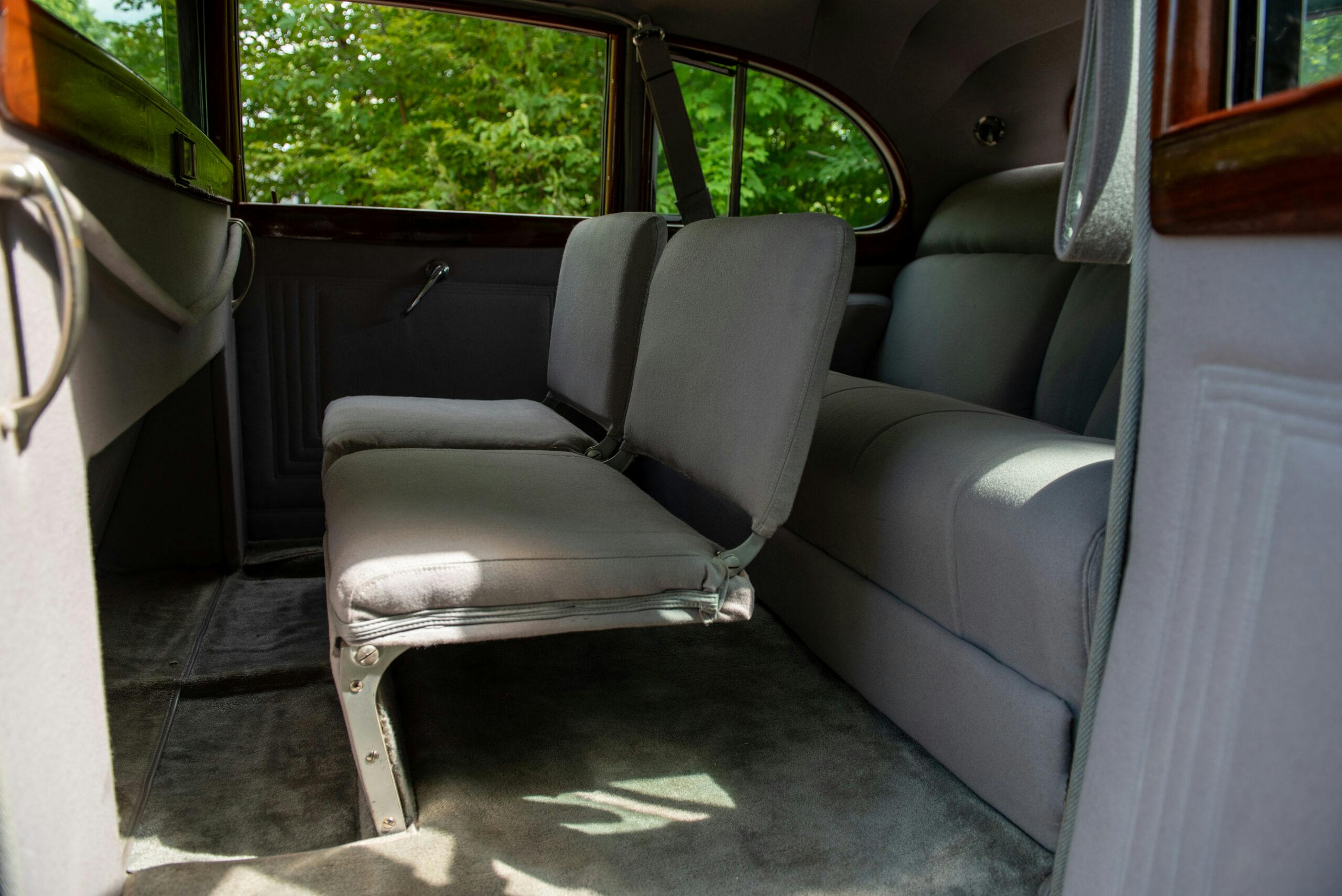
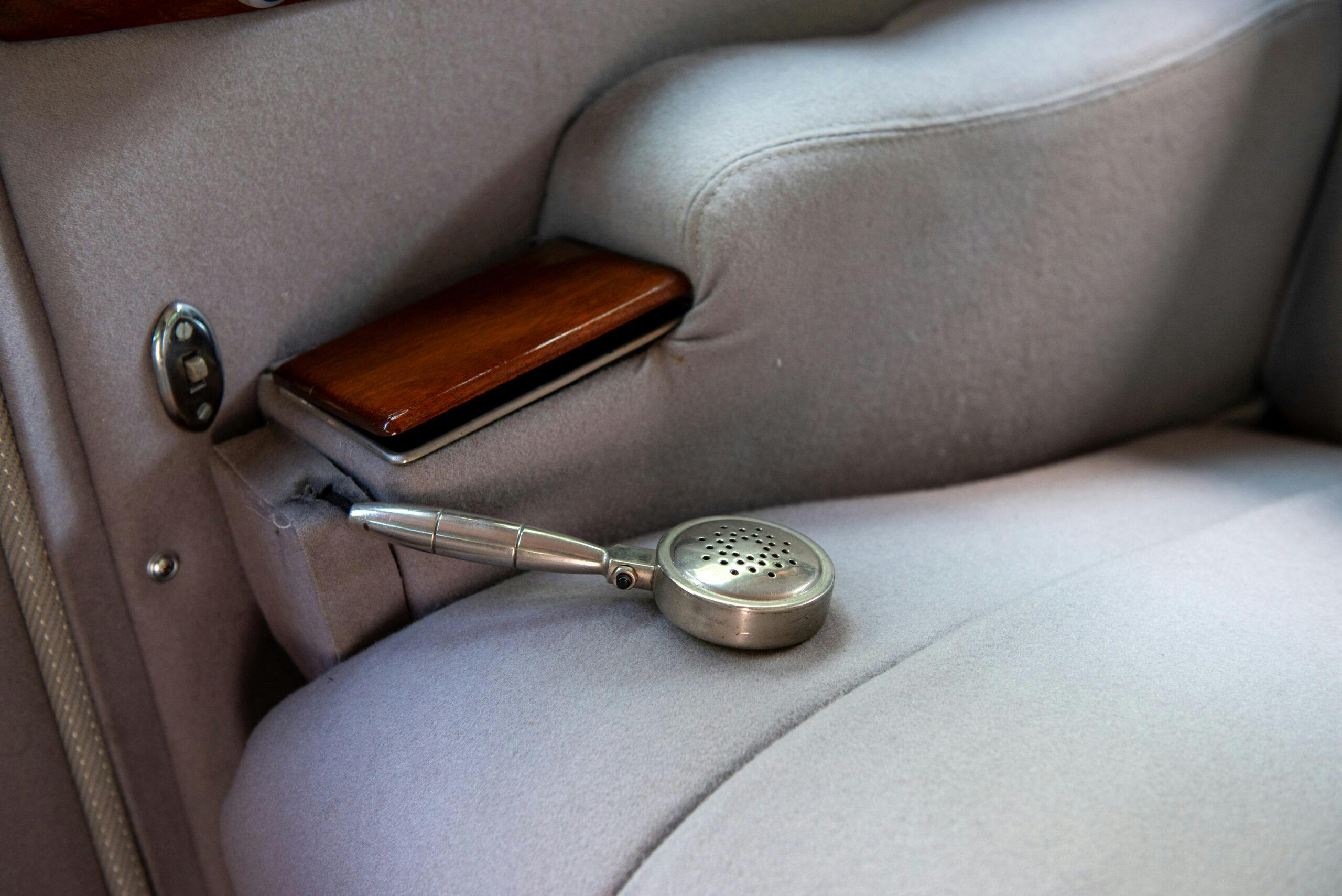
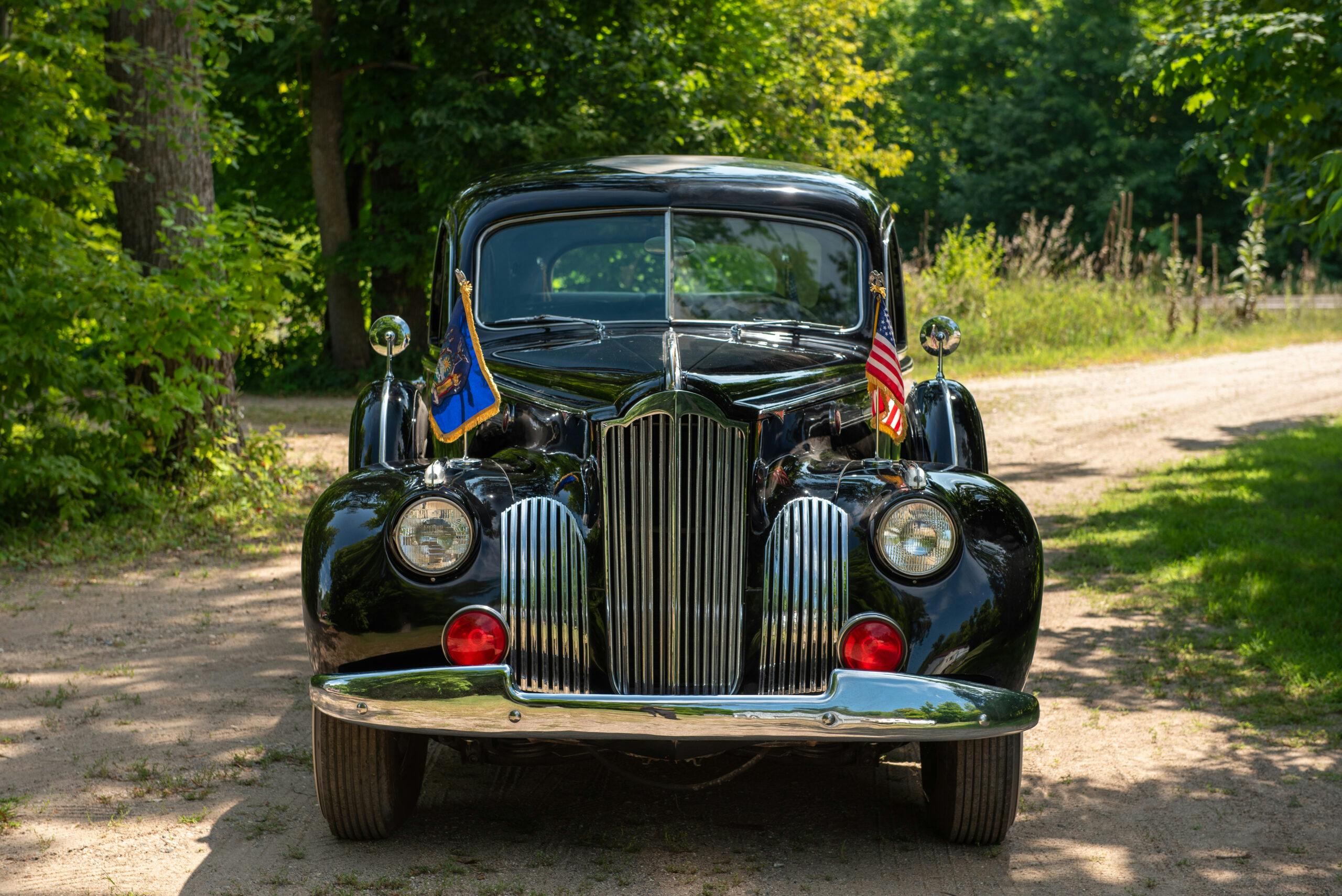
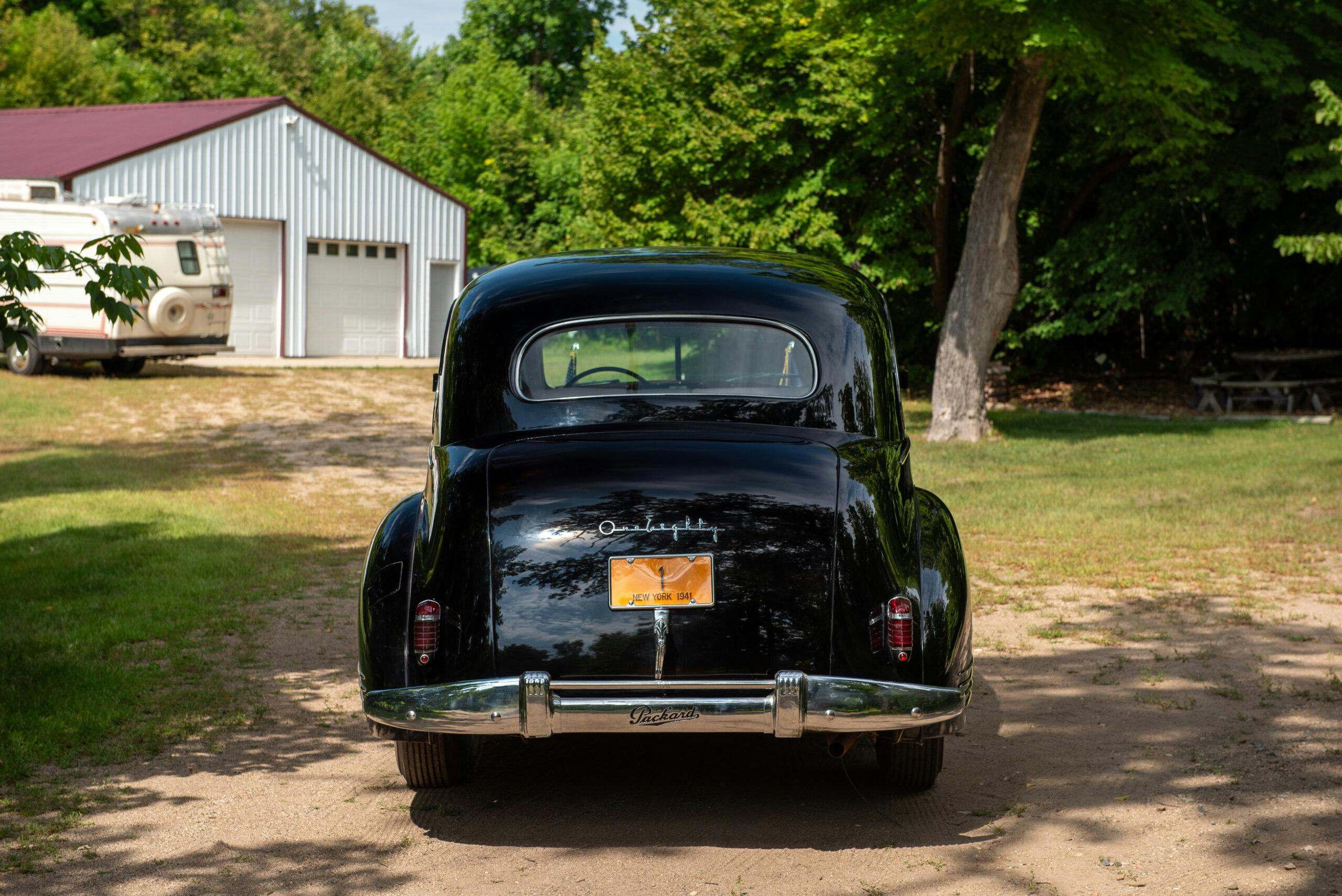
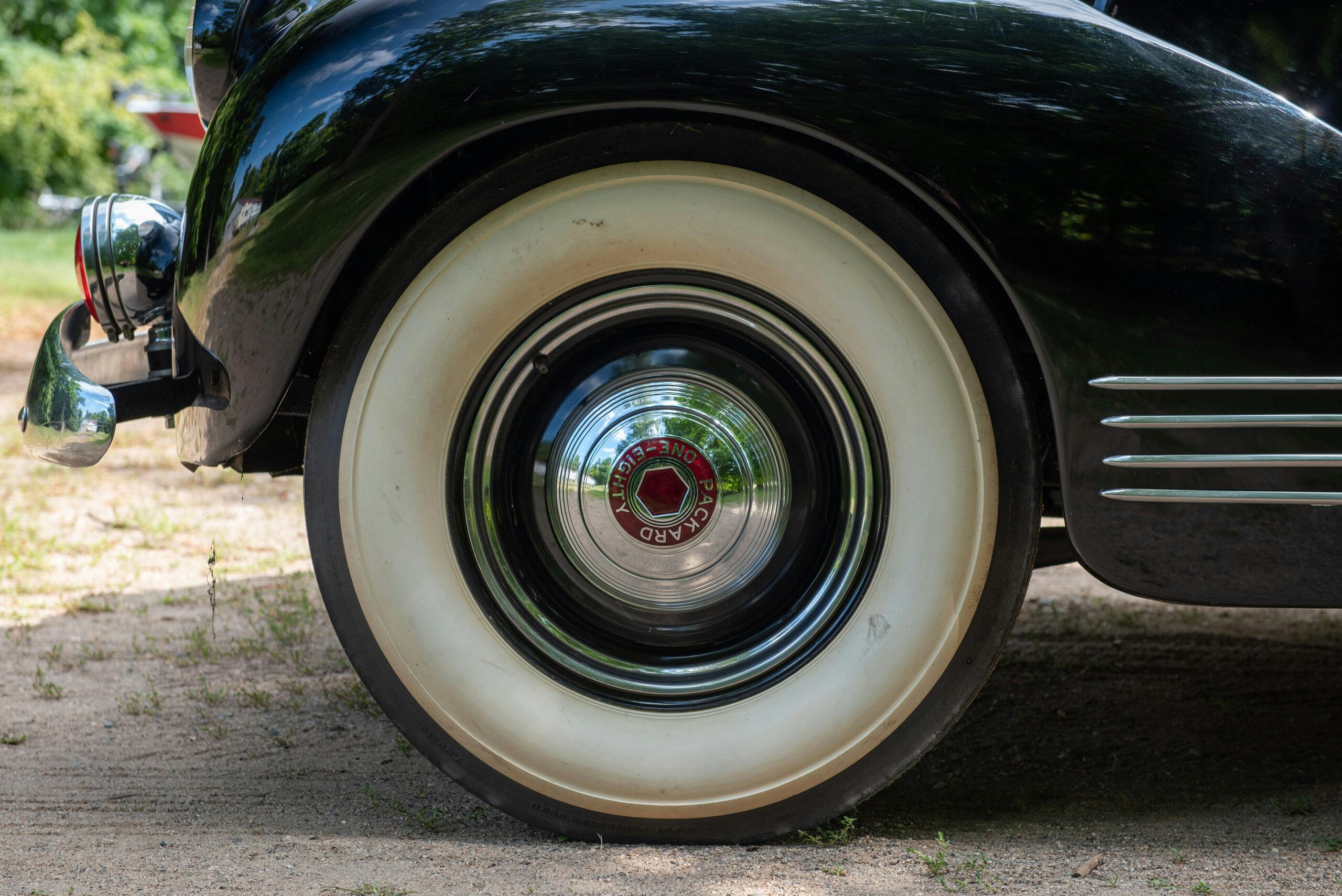
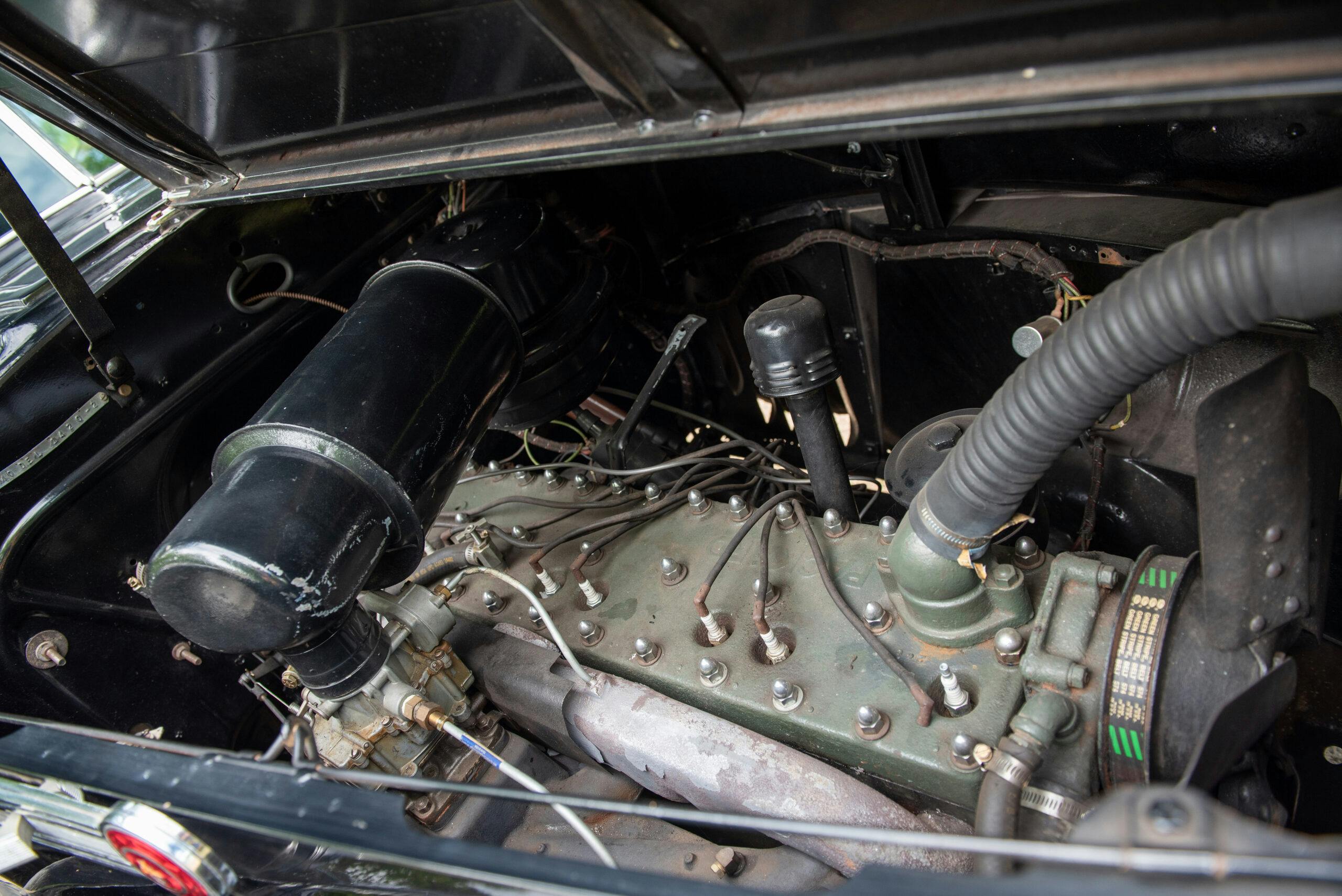
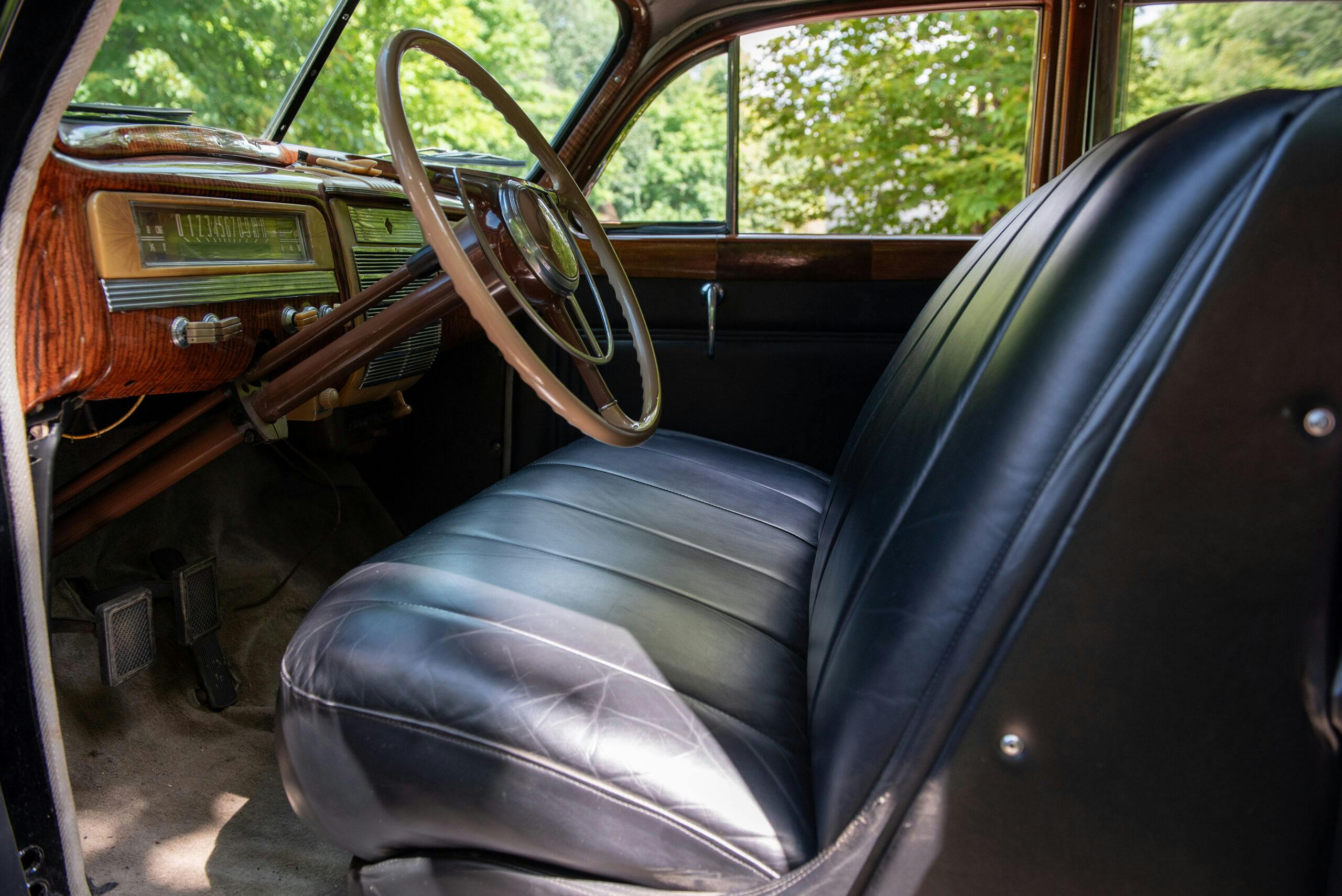
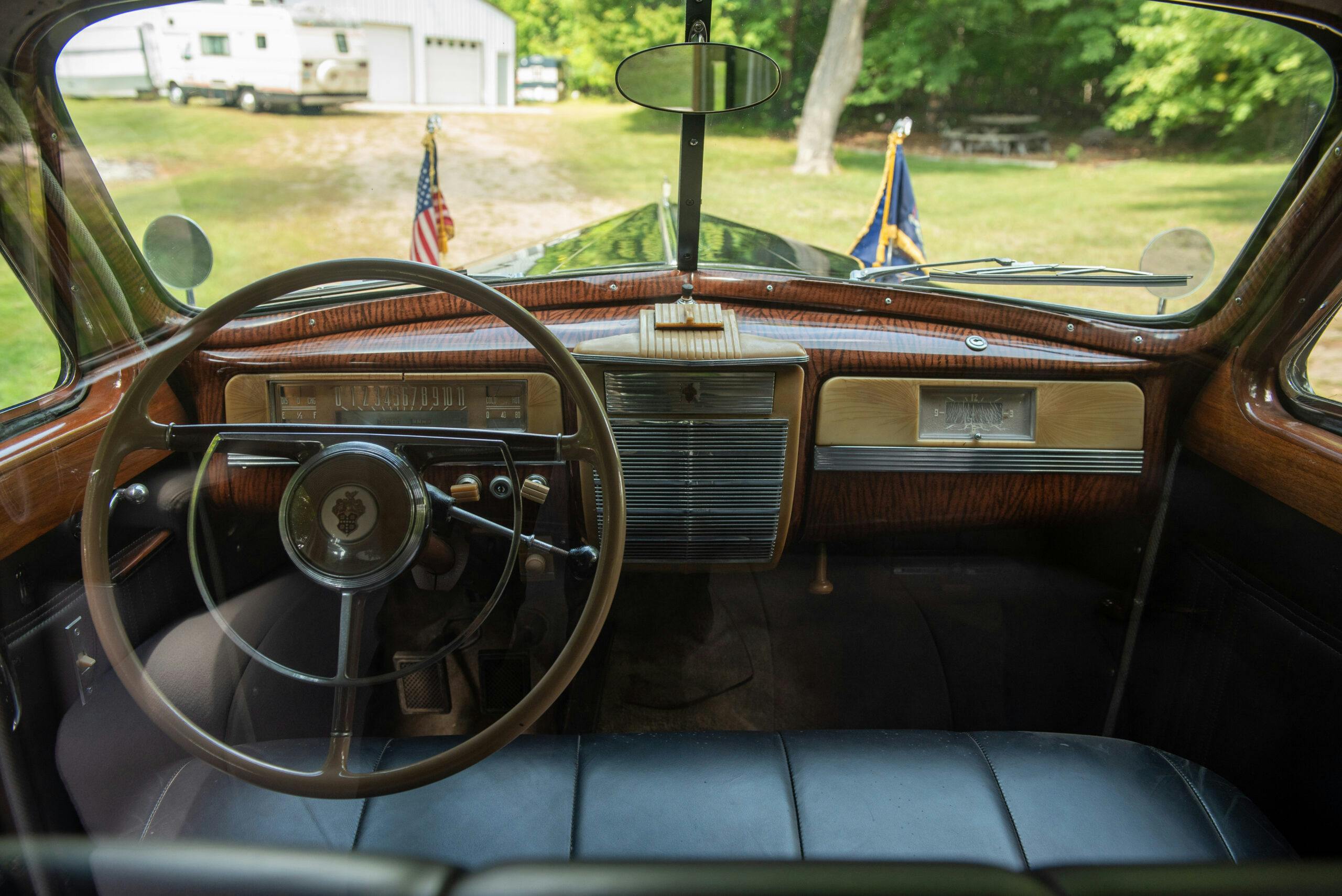
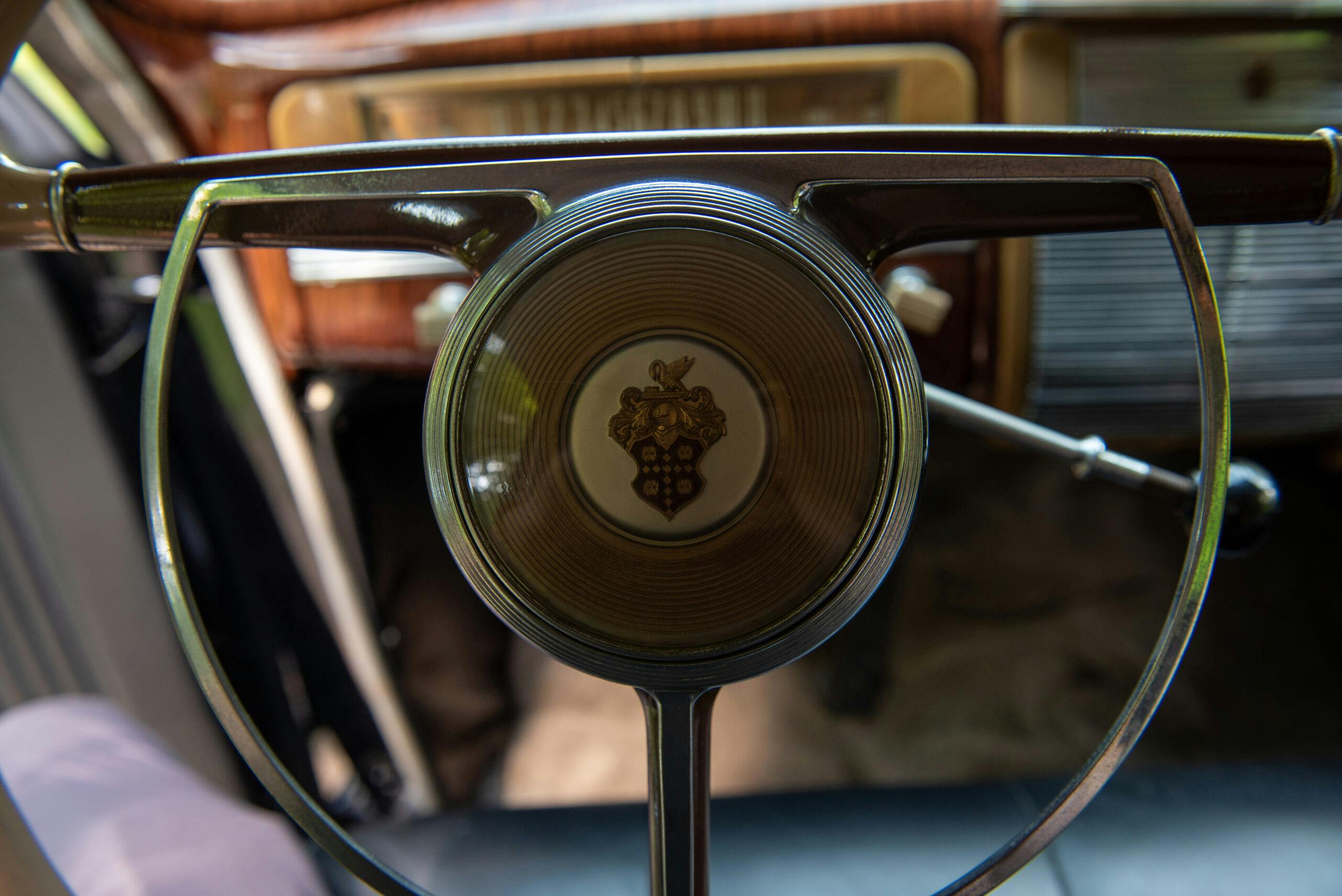
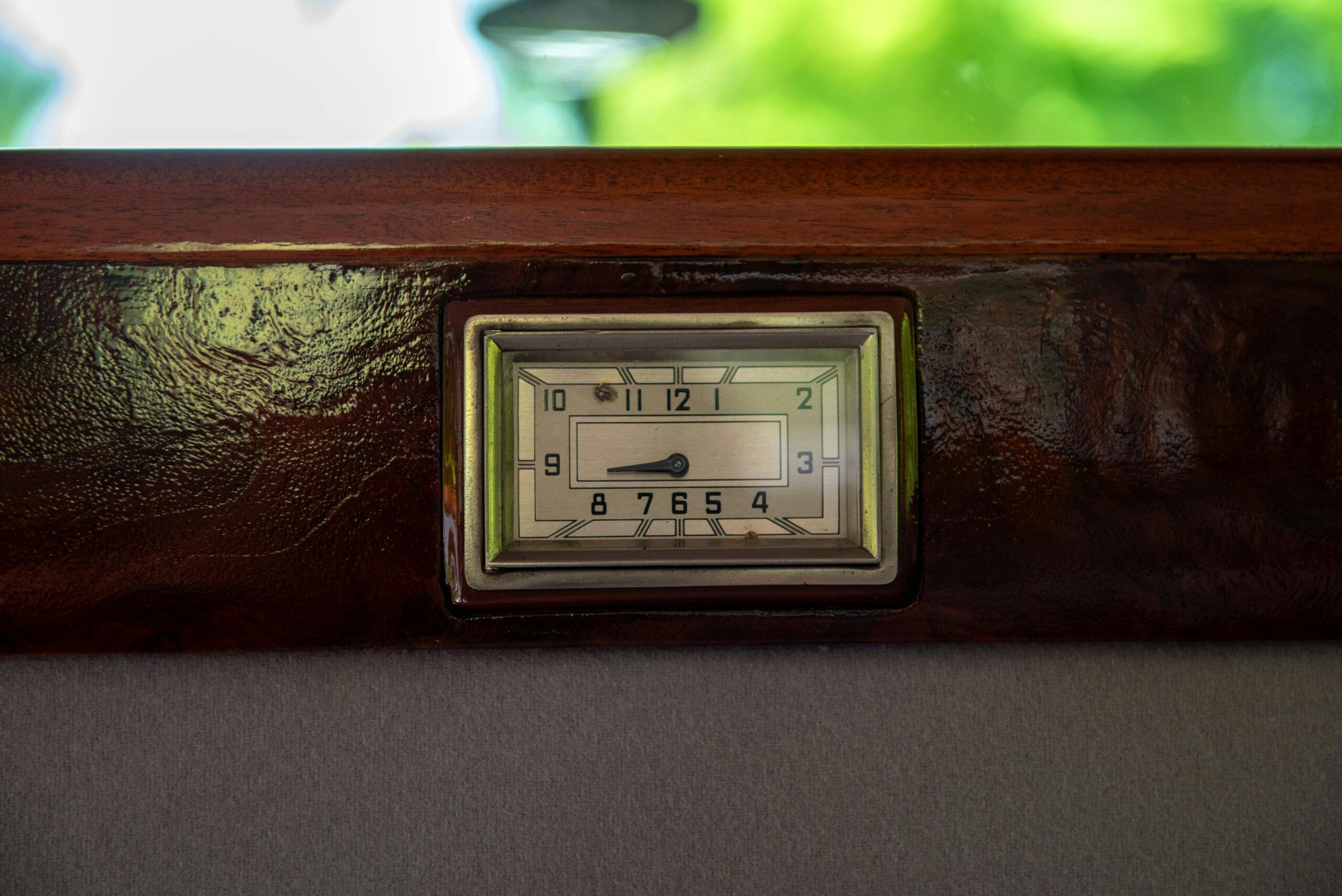
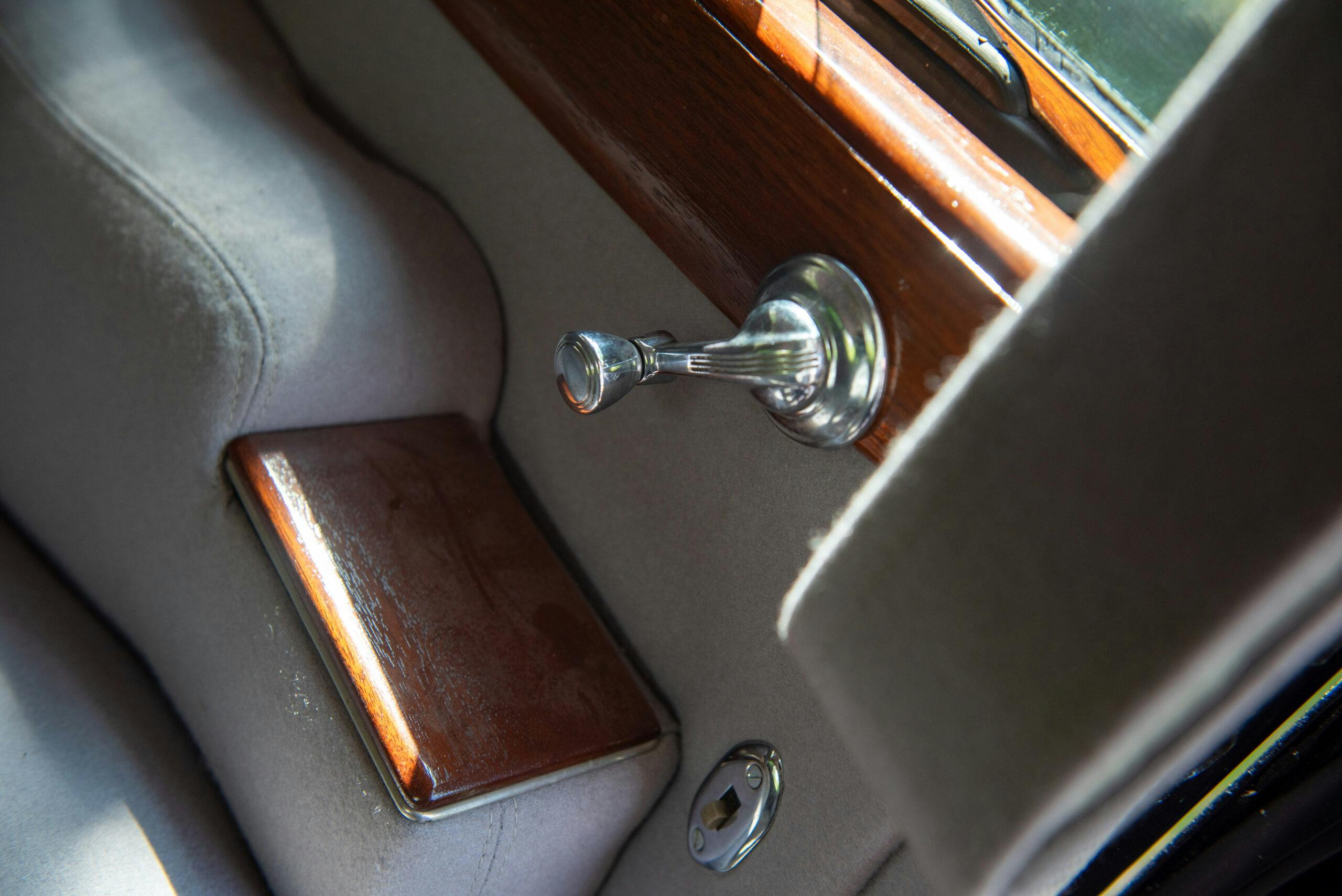
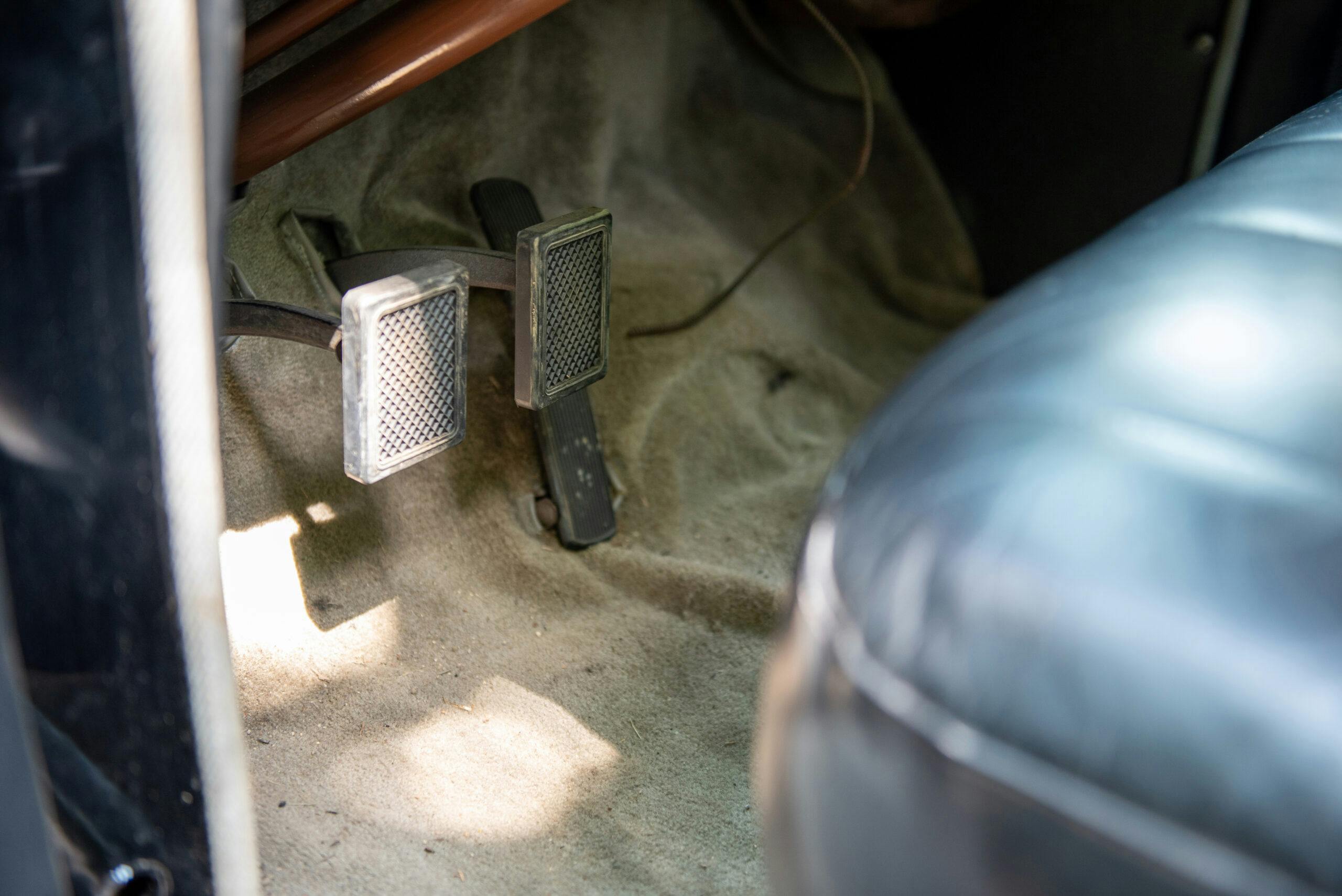


That car looks good. If it did not take a president around it looks like it still could.
Factory built limousines like that are my favorite. You know the car drove someone special and it’s frustrating when you hear the probably true history but can’t prove it. I once owned a Cadillac limousine that was reportedly owned by horse racing kingpin E.P. Taylor and was said to have once transported his friend Queen Elizabeth and the story added up. You think I could find proof? Not a chance.
Packard was the first auto manufacturer to offer factory air-conditioning starting in 1939. I would have expected a Presidential limousine to have that option – but it doesn’t appear on this one. Gorgeous car though
It’s well known that FDR preferred Lincolns (look up his “Sunshine Special”), but certainly this Packard is worthy of a President.
I wonder if this car was used in “The Godfather”…I remember a car that looked very much like this in one of the scenes.
John, the “leave the gun, take the cannoli” car was a ’41 Packard Super-8 One-Eighty LeBaron Sport Brougham on the 138″ wheelbase. The above LeBaron limo is on the 148″ wheelbase (ambulances and hearses strode 160″ wb). Most Packard eights and Super-8s were on a more manageable 127″ wb, including the 282-ci engined One-Twenty and new “wind-streamed,” or “speed-streamed,” aerodynamic Clipper, as well as the One-Sixty and One-Eighty (the latter fancier interior). All Packards but convertibles, limousines, ambulance/hearse were “Clipperized” for ’42.
Packard’s lowest priced model that year as most was their six-cylinder, 245-ci One-Ten, on a 122″ wheelbase.
The One-Eighty LeBaron Sport Broughams were what were known as a catalogued factory semi-custom, Briggs Body Company producing 99 of them. Betty Grable was among that model’s original owners.
The cannoli car was for sale a year or two ago, a bit down at the heels but complete.
Poor historical research here. The FDR Packards we’re all Packard production automobiles. (Usually leased for a minimum amount)FDR’s mother bought a 1934 Phaeton when he was governor of NY. It never went to Washington. It is owned by NYS Office was until recently (GovCuomo) displayed in the New Work State Museum. A questionable way to add value!
Right you are. And am sure we’d rather read articles brimming with answers rather than conjecture.
Re: the reduced leases, Packard of course welcomed such exposure.